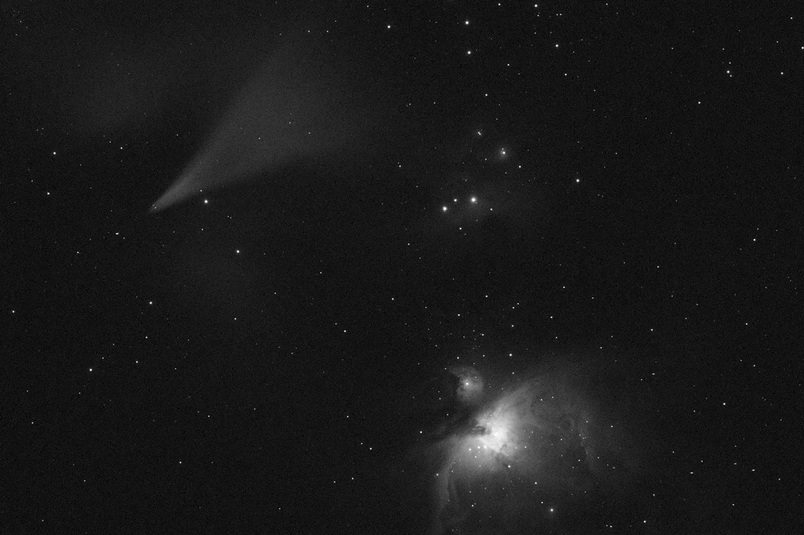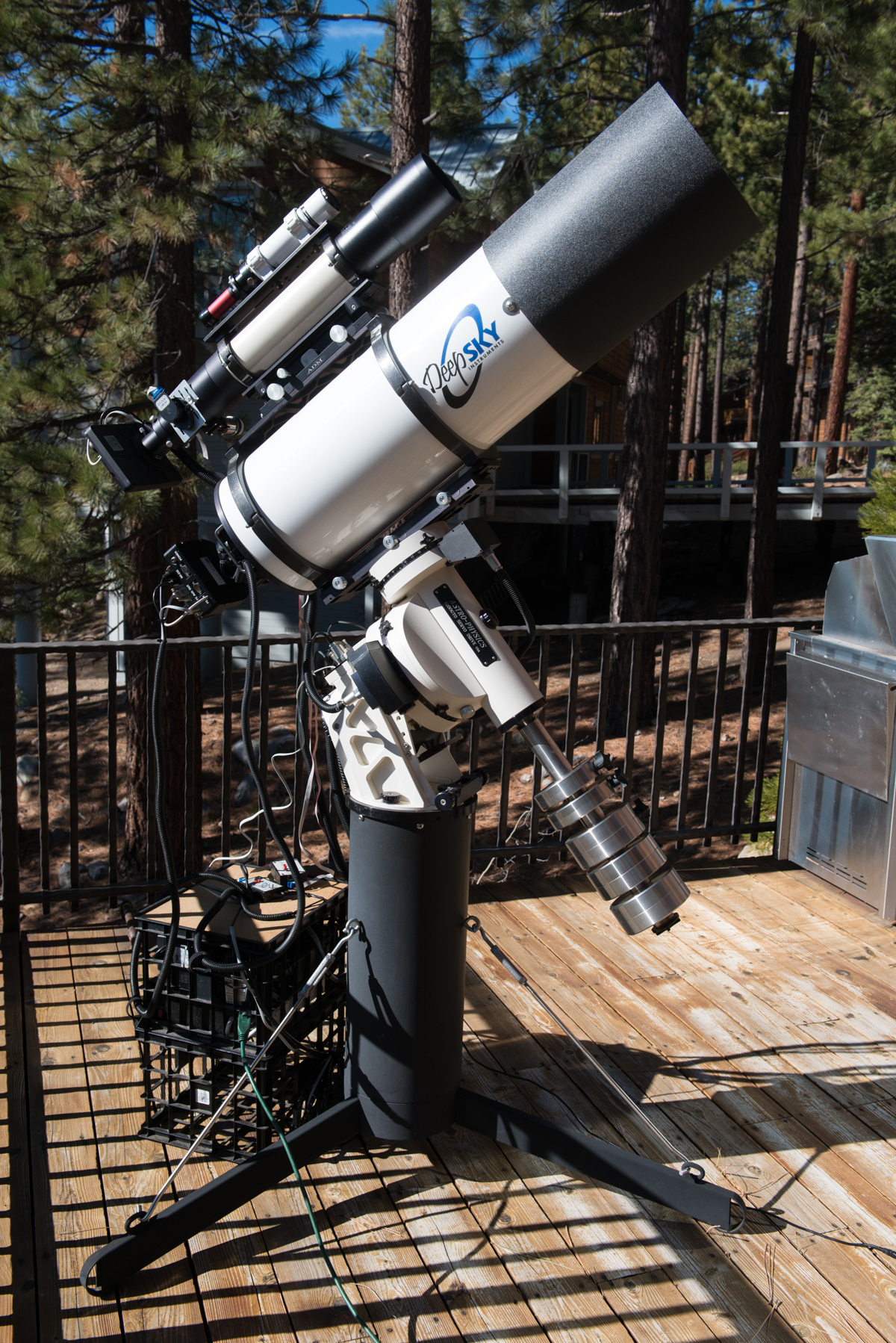

Lower pixel density means individual light collecting photosites are larger. Many high-end cameras break the 20-megapixel barrier, so you could be forgiven for thinking the α7S is tame, but this is a good thing where astro imaging is concerned.
#Astro imaging with camera on skyseeker iv mount full#
The α7S boasts a full frame (35mm) sensor offering 12.2 megapixels. Instead, they dispay this on a rear screen or electronic viewfinder. These are similar to DSLRs because you can change the lenses and attach them to telescopes using an adaptor, but they don’t have a reflex flip mirror for observing what’s coming through the lens. The α7S is a type of camera known as an MILC: a mirrorless interchangeable lens camera. 20 of the best cameras for astrophotography We always love to see them, and they could end up appearing in print in a future edition of BBC Sky at Night Magazine. Or if you already have your camera sorted, read our guide to the best telescopes for astrophotography.Īnd don't forget to send us your astrophotos. And for help using your camera to capture images of the night sky or deep-sky targets, we have numerous astrophotography guides written by our team of experienced experts.

If you want more information about buying astrophotography cameras, browse all of our camera reviews. We've reviewed a lot of astro imaging cameras over the years at BBC Sky at Night Magazine, from value models that provide reliable quality for those on a lower budget, to more high-end cameras for professionals or those who want to take their astrophotography to the next step. Credit: Misato Nomura / EyeEm / Getty Images Research thoroughly so you know what sort of astrophotography camera is best for what you want to capture. If you are using a 2x or 3x Barlow lens and a reflector, you’ll pop the Barlow into the eyepiece barrel before attaching your webcam.ĭesignated planetary cameras, CCD and CMOS devices, come with a nosepiece attachment that fits to your scope. How difficult and effective this is will depend on the model. This often involves stripping the webcam down to rehouse it in suitable casing. If you are using a webcam, you’ll need to consider modifying it to fit to the scope's eyepiece holder.

The nosepiece is either 2-inch or 1.25-inch and you’ll find that most telescopes take either diameter. For example, if you are using a Canon DSLR, you’ll need a Canon-fit T ring. The T-ring fits to the camera like a lens. To attach a DSLR you will need a T-ring and nosepiece. If you fancy making your own, read our DIY guide to making a smartphone adaptor for your telescope. Smartphones can be fitted to a telescope eyepiece holder via an adaptor: you just need the right one for your model. Your target will appear larger, allowing more detail. You can go far with astrophotography by using a DSLR and lenses, but for a deep-sky object or planetary photography the addition of a telescope to your setup will widen your options. A smartphone adaptor will let you line up your phones camera with your telescope eyepiece.


 0 kommentar(er)
0 kommentar(er)
